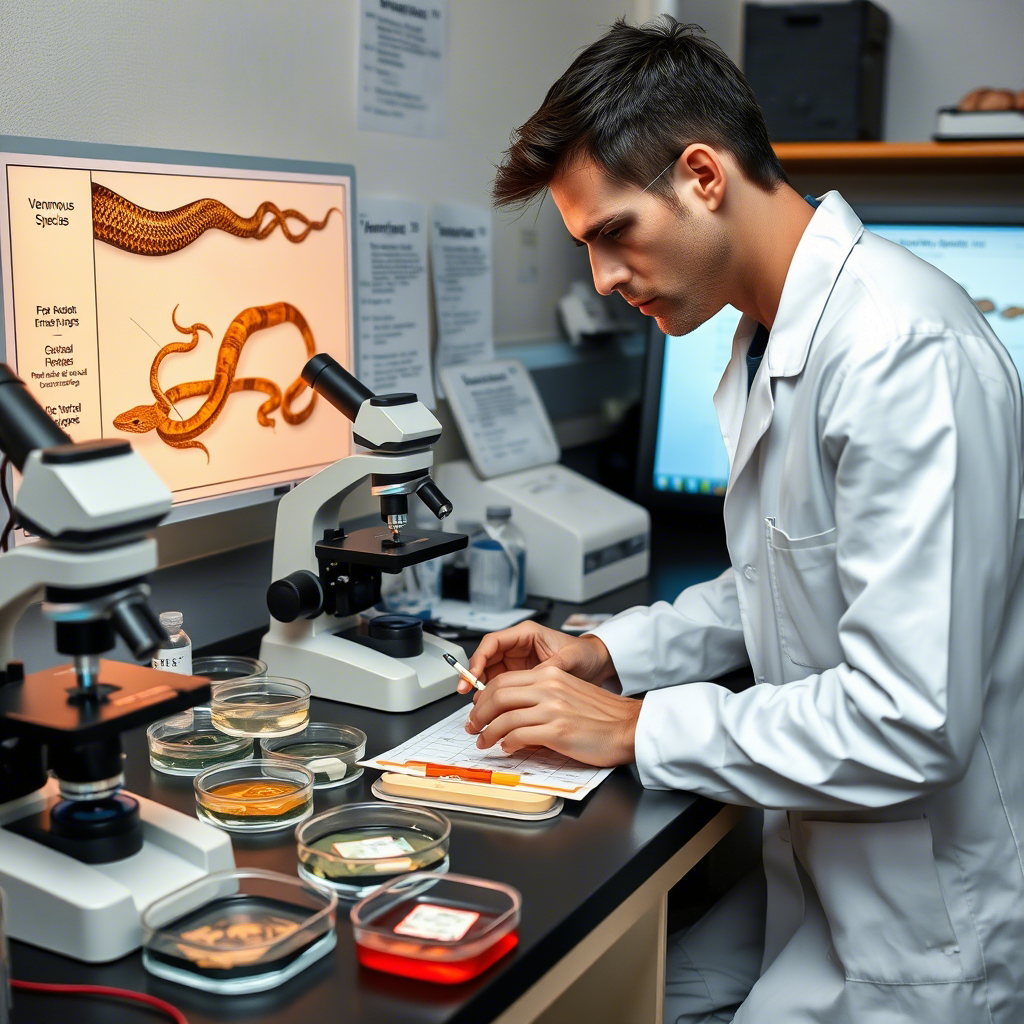Author: Atharv Katkar LinkedIn
Artificial intelligence has transformed how we access information and make decisions. Yet, a persistent challenge remains: hallucination—when AI confidently generates incorrect or fabricated information. Enter HALT (Hallucination and Alignment Limiting Transformer), a novel architecture designed to dramatically reduce hallucinations while preserving AI alignment and personality.
Prerequisites:
LLM : Large Language Model ( GPT-5, Claude, Mistral)
Train.json : A data file which is used to train LLM formatted in instruction & output format it’s second training after giving him 1st training of sentence arrangement and word understanding.
Hallucination : the generation of false, inaccurate, or nonsensical information that is presented as factual and coherent. A dream perhaps.
Continue reading “Hallucination and Alignment Limiting Transformer”








